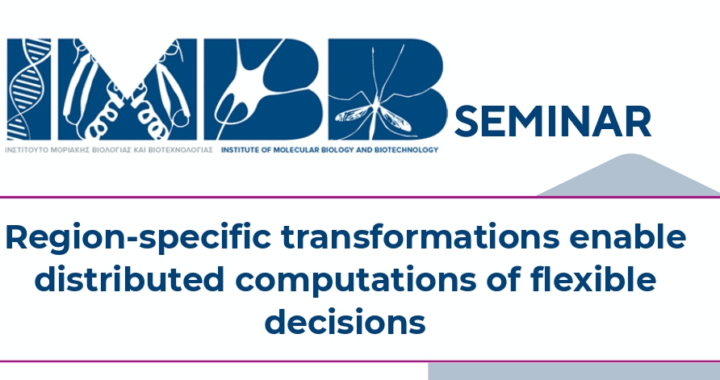Dendrites in the spotlight
It’s been more than a century since dendrites captivated the curious minds of pioneer neuroanatomists –Ramon y Cajal and Wilhelm His being among the most notable and well-cited ones–, yet, we neuroscientists are still as fascinated as ever.
With the dendrites comprising the most delicate of building blocks underlying the chaotic structure of our minds, we can’t really look away.
Illuminating the obscure
Dendrites’ importance can hardly be overstated, and the truth is our lab has found drive and inspiration in studying them since its very inception. So, we are excited to announce the publication of the most exhaustive review we’ve written on the subject yet.
Co-authored by Prof. Poirazi and Dr. Papoutsi and published in Nature Reviews Neuroscience, the review aspires to offer a comprehensive view of field-defining modeling studies, organized appropriately in the following scale-level categories:
- single-neuron models
- microcircuit models
- large-scale network models
In each category we reference and expand on studies offering significant insights into the principles and mechanisms governing dendritic functions. These mechanisms are determined by the interplay of a vast repertoire of ionic conductances, synaptic properties, dendritic morphology and network connectivity configurations. Either at single-cell or microcircuit / network level, the studied systems display a rich array of I/O integration functions, spanning a high-dimensional space of operation that lends the brain with its superpowers.
An ever-evolving synergy
Along the review, it becomes apparent that both experimental and modeling approaches advance in an ever-evolving synergy, refining and illuminating each other in ways that drive new technological advances and further our understanding of the brain.
However, we identify and highlight an increasing need for tighter integration between the two in order to effectively confront various challenges posed by:
- acquired data fragmentation,
- our ability to observe and dissect all the more intricate / complex systems of the brain.
A lighthouse for explorers of the brain
Our field has seen tremendous progress in the last two decades, and we hope this review will serve as a lighthouse, sweeping beams to expanses of seas we explored thus far and to the uncharted waters lying ahead.
20 years from now, we’ll take a look back and be fascinated by the progress we collectively achieved. In the meantime make sure you read “Illuminating dendritic function with computational models” and share it with peers.
— news item written by Panos A. Bozelos




